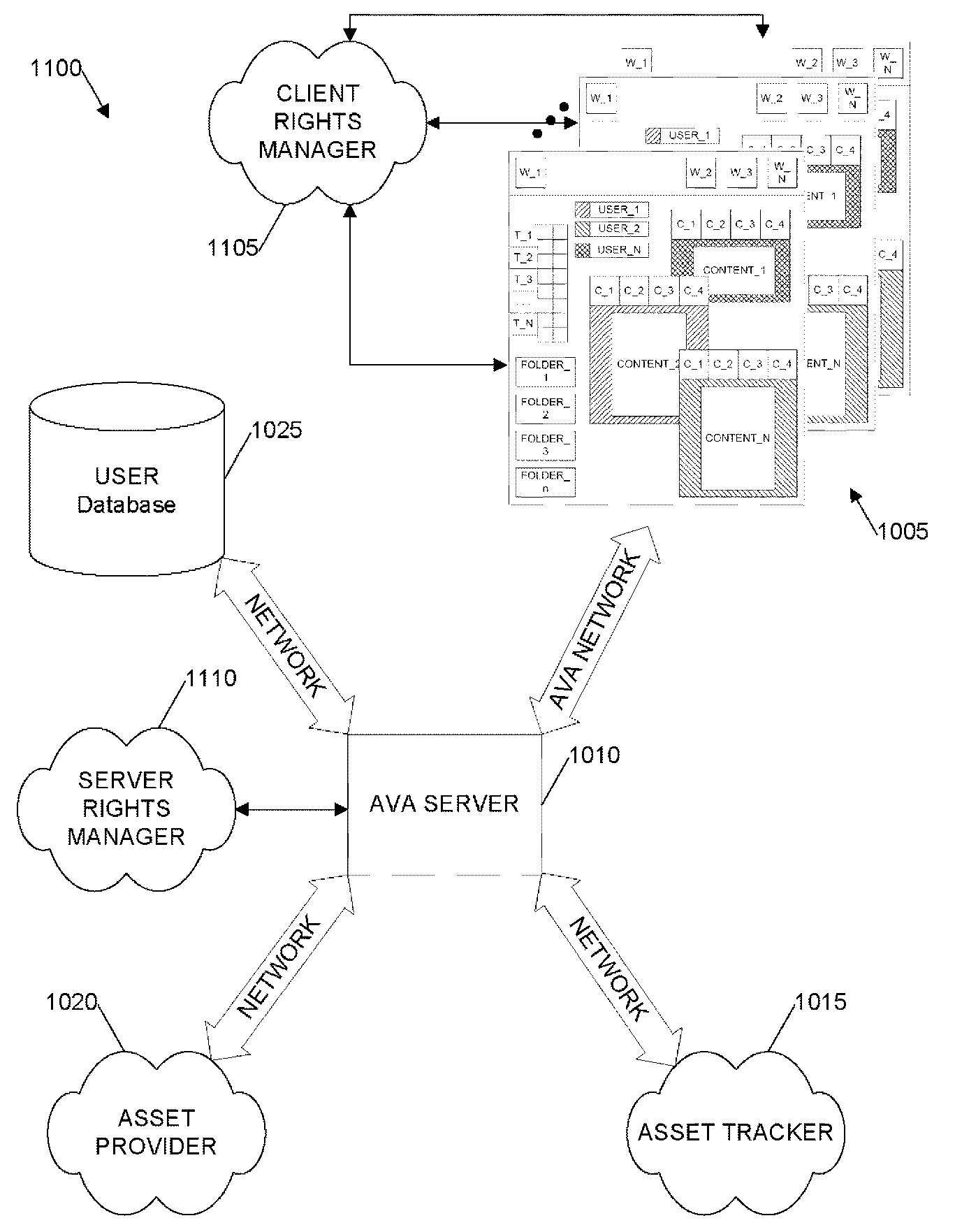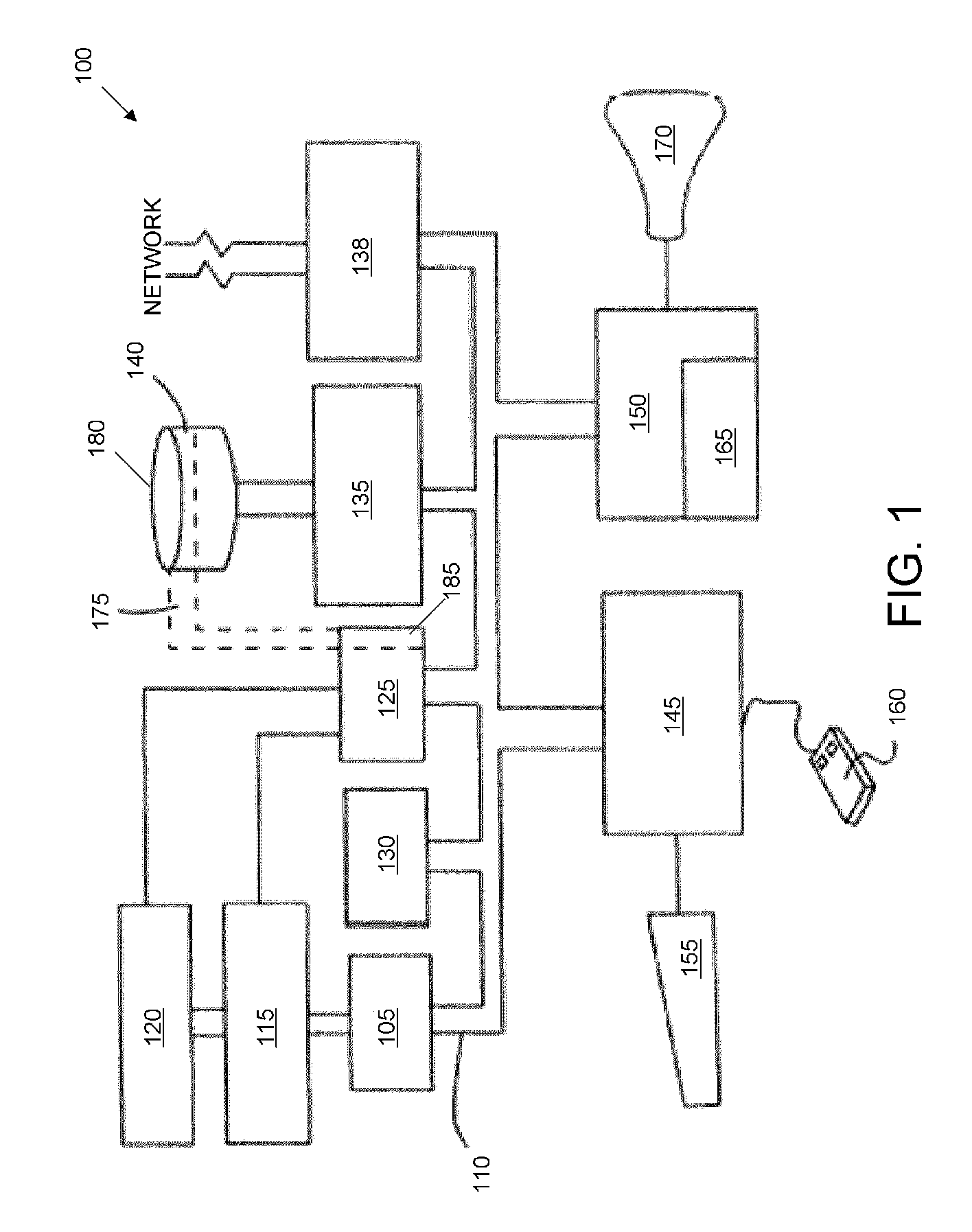System, method, and computer program product for managing rights of media in collaborative environments
a collaborative environment and media technology, applied in computing, instruments, electric digital data processing, etc., can solve the problems of limited user interface, limited capabilities of web browsers to display and manipulate media files, and inability to facilitate multi-way communication or interactive two-way communication between users
- Summary
- Abstract
- Description
- Claims
- Application Information
AI Technical Summary
Benefits of technology
Problems solved by technology
Method used
Image
Examples
Embodiment Construction
[0034]The present invention relates to a real-time concurrent multi-user multi-way collaboration system capable of operation incorporating one or more electronic network devices preferably including devices having wireless network connectivity to permit distributed users to easily and efficiently share both content and editorial input on such content. Specifically, a real-time concurrent multi-user multi-way collaboration system, method, and computer program capable of operation providing two or more users to be able to unambiguously collaborate in the rendering of a media resource, such that any user at any time may set a rendering of the media resource to a desired reference on all participating clients. Further, the system tracks metadata relating to an online digital asset that captures each user's or group's interest in the asset and thus, in the aggregate, defines a collective interest in the asset and self-selects a relevant market based upon the nature of the asset, the dist...
PUM
 Login to View More
Login to View More Abstract
Description
Claims
Application Information
 Login to View More
Login to View More - R&D
- Intellectual Property
- Life Sciences
- Materials
- Tech Scout
- Unparalleled Data Quality
- Higher Quality Content
- 60% Fewer Hallucinations
Browse by: Latest US Patents, China's latest patents, Technical Efficacy Thesaurus, Application Domain, Technology Topic, Popular Technical Reports.
© 2025 PatSnap. All rights reserved.Legal|Privacy policy|Modern Slavery Act Transparency Statement|Sitemap|About US| Contact US: help@patsnap.com



